Risk Factors for Snowboard/ Ski Injuries
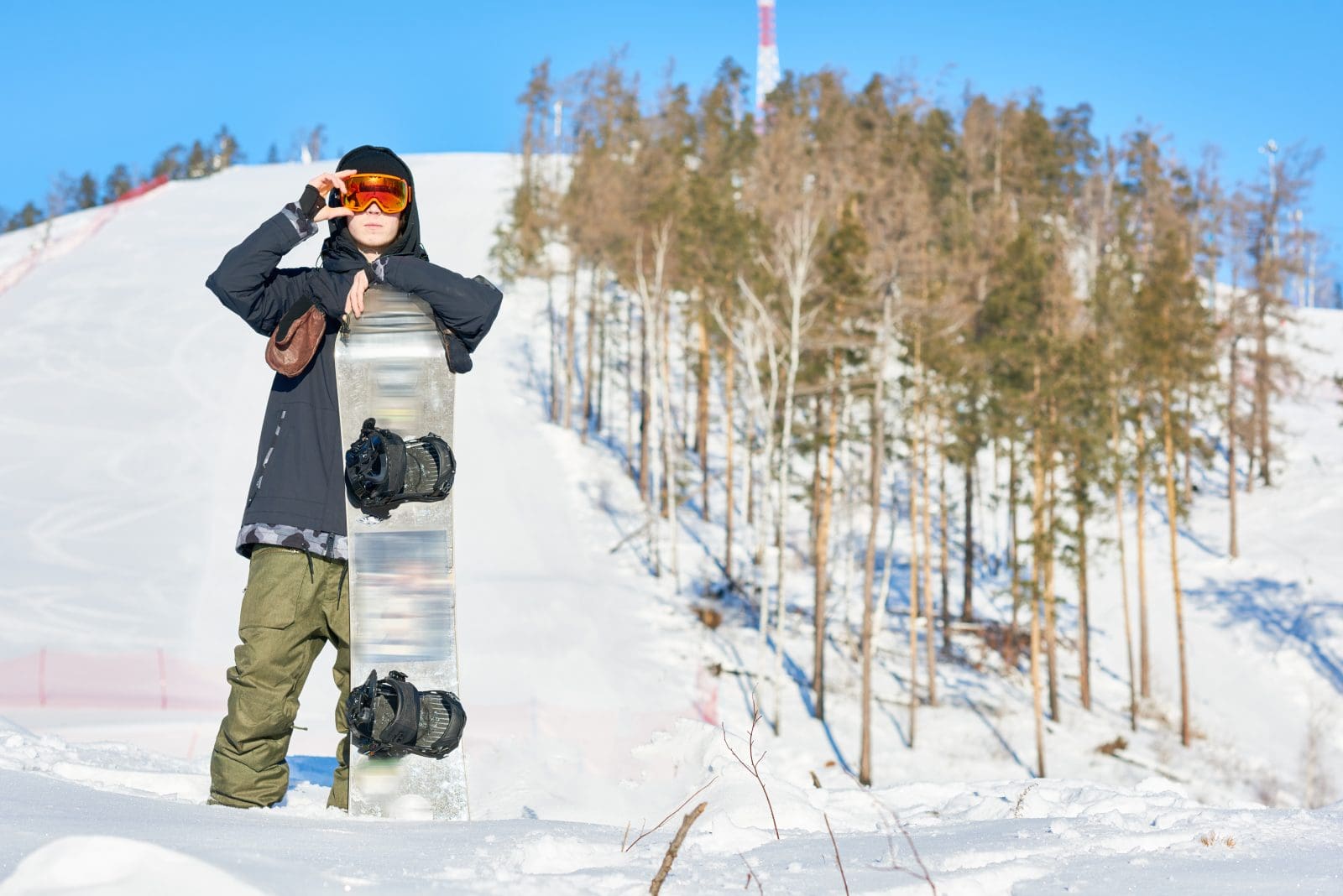
Snowboarding and skiing are inherently dangerous activities. Flying down a slope on a piece of plastic/ wood at 30+ mph brings along its own set of challenges. Add in terrain parks with varied shaped beams and vertically lipped jumps and we have ourselves a party! With the progression of snowboard/ ski technology, athletes today are performing arial tricks never before comprehended. It seems as though the X-games and Olympics are now a spinning contest on who can ‘chuck’ their bodies the furthest without crashing. Regardless, as a Doctor of Physical Therapy, I have always been curious on risk factors for snow athlete injuries. After all, the nuances of injuries, rehabilitation, and biomechanics are my greatest passions. So, I went scouring the internet for appropriate research journals that could provide some resemblance of what I was seeking. It turns out there is an open market for snowboarding research articles but I did manage to find one…

It turns out in 2019 there were a handful of researchers just as curious as myself. So, what did they find?
Literature Used:
Researchers screened the internet and found 66 potential articles/ journals that met their criteria. Out of those, 13 met all criteria for quality studies and were used in their systematic review.
Countries they evaluated
Out of the studies, six different countries were represented in their patient population:
- Austria
- Canada
- France
- Norway
- Spain
- USA
The studies used the following terrain to compare injuries:
- Terrain Park (TP)
- Regular Slope (this is any normal run on a mountain)
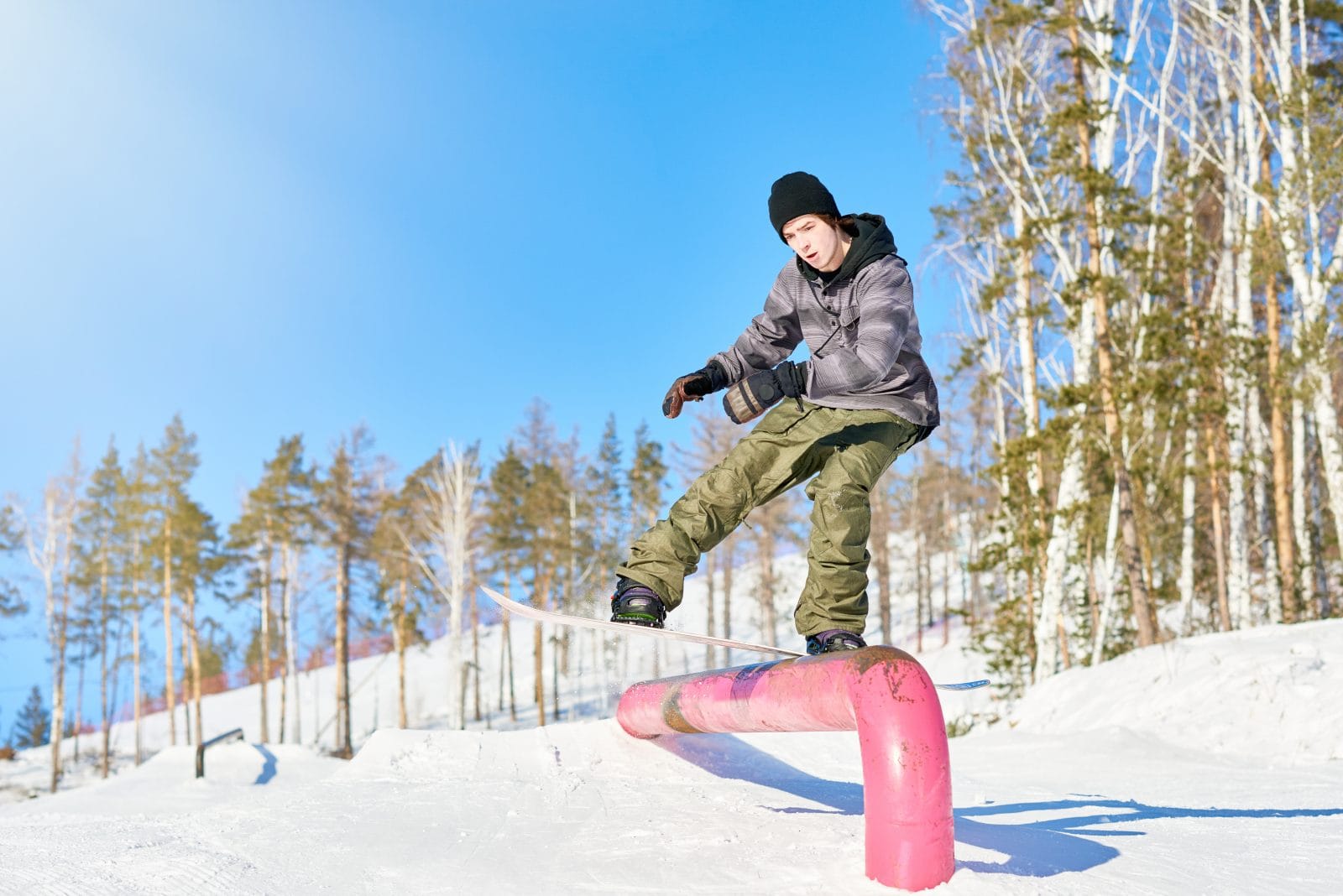
Here Were the Results:
Most Common Method of Severe Injury:
- The fall from an execution of a jump and/or arial maneuver.
Activity
- Seven studies showed snowboarders are 4x more likely to be in a TP versus regular slopes
- Snowboarders were at higher risk for traumatic brain injury in the TP and upper extremity injuries.
- Skiers were at higher risk for other types of head injuries and lower extremity injuries.
- No report of uninjured snowboarders
Sex
- Three studies showed males (skiers & snowboarders) were 4-8x higher to be injured in a TP versus females.
- No report of uninjured snowboarders
- Males have tendency for greater risk taking behaviors
Skill Level
- Two studies showed that the injury odds of being an ‘expert’ were 2-3x more likely to get injured in the TP.
- Studies show that experts are exposed to higher risk features that require precise technique.
Helmet Use
- Three studies showed that the odds of being a snowboarder/ skier wearing a helmet and injured were greater in the TP versus Regular Slopes.
- Helmets are required for most TP
- Not enough information on effectiveness of helmets overall
Age
- Studies showed that the average age injured in TP versus Regular Slopes were significantly younger.
- Risk taking behavior at younger ages
Limitations to the studies:
Some other factors that were taken into account include snow conditions, season pass holders, number of days at resort, one equipment, ski lessons, wind, visibility, and jumping experience. These all require additional research and methods for quantification.
The authors overall findings for snowboard injury risk factors in TP:
- Self rated expert level snowboarder
- 14-32 degrees F
- Not listening to music
- No previous snowboard injuries
- Snowboarding in night
- Performing arial maneuvers and/ or large jumps
The authors overall findings for skiing injury risk factors in TP:
- Self rated novice level snowboarder
- Medium wind conditions
- Performing arial maneuvers and/ or large jumps
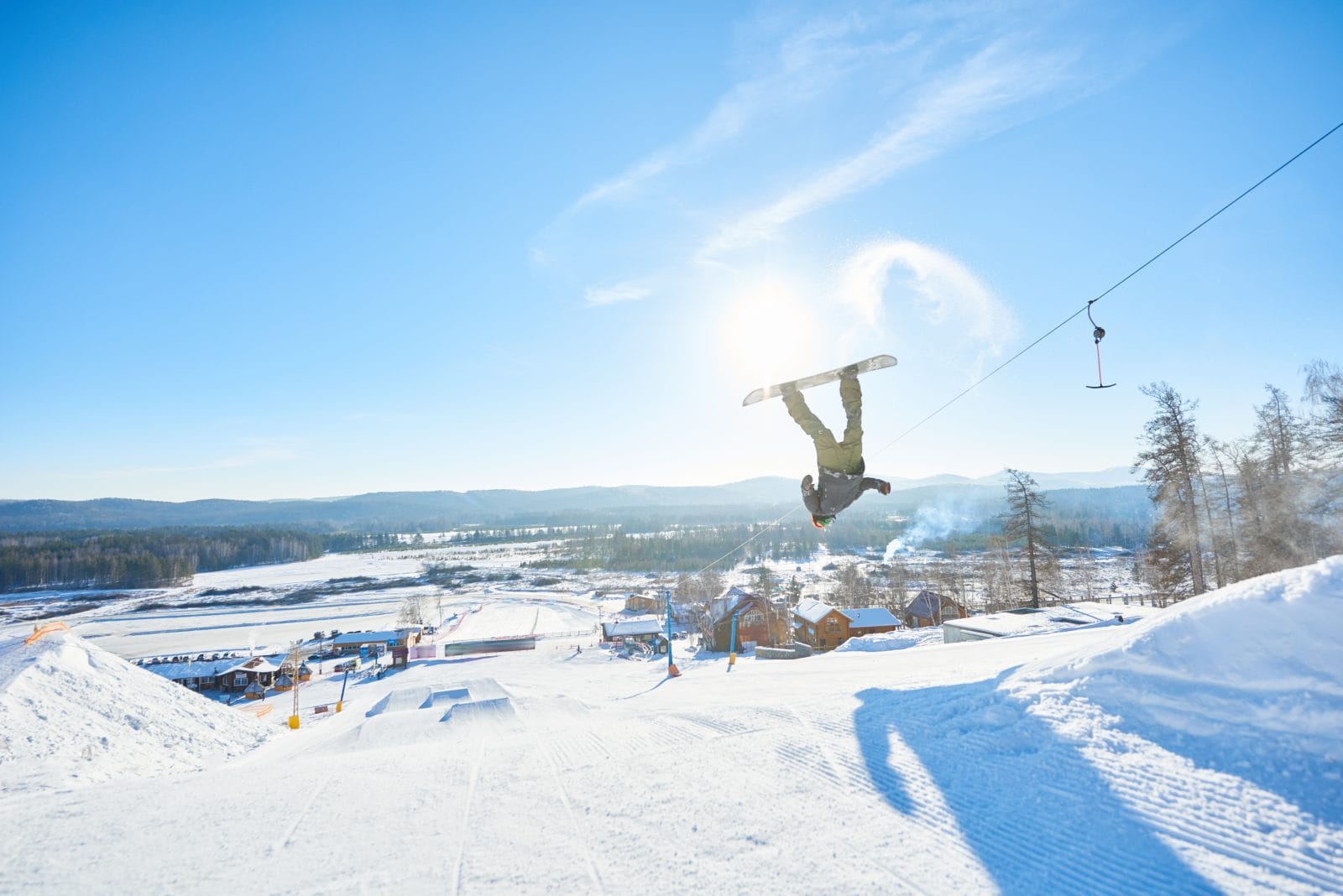
Discussion
When I read this study many of their findings seemed obvious. A young male snowboarder attempting arial tricks on large jumps is at a greater risk for injury. As I get older, I realize I have more to lose when attempting new terrain, new tricks, and intimidating features. I know I am not 18 years old anymore but it is a constant battle of inner dialogue displaying confidence and visualization versus asking myself is this worth it? Working in physical therapy, I have seen the worst injuries and what it does to athletes and their mindset. I always have this in the back of my mind when I pursue any extreme activity. At the same time, snowboarding and progression makes me happy. I mean, really happy… Many of you can relate but its this delicate dance we take every time we are on the slopes.
What Can We do to Prevent Injury?
Truth be told, nothing… Risk of injury is on a spectrum and we can lower that through training off the mountain, proper rest, nutrition, coaching, stress reduction, weather observation, etc. What we specialize in is the training off the mountain to get your body ready for the stressors involved. We provide our expertise within our programs to get you ready to handle those dangerous situations so your body can handle those split decisions.
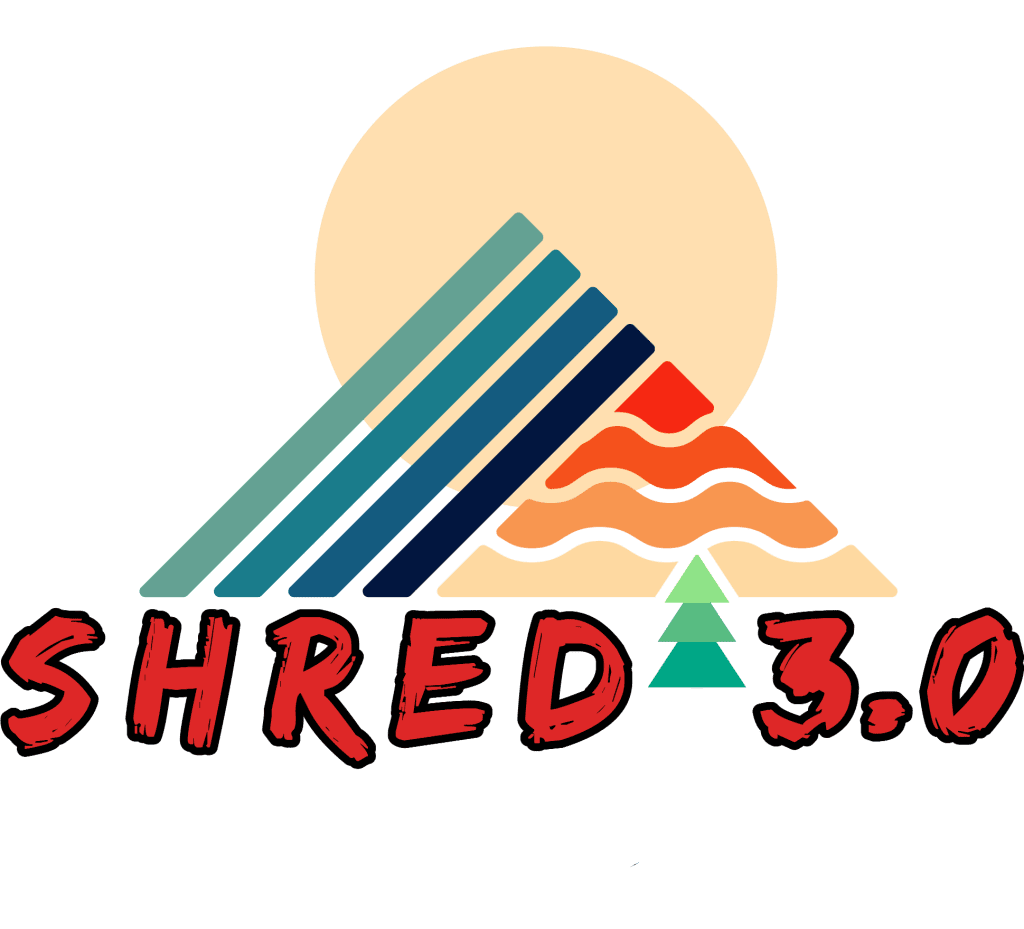

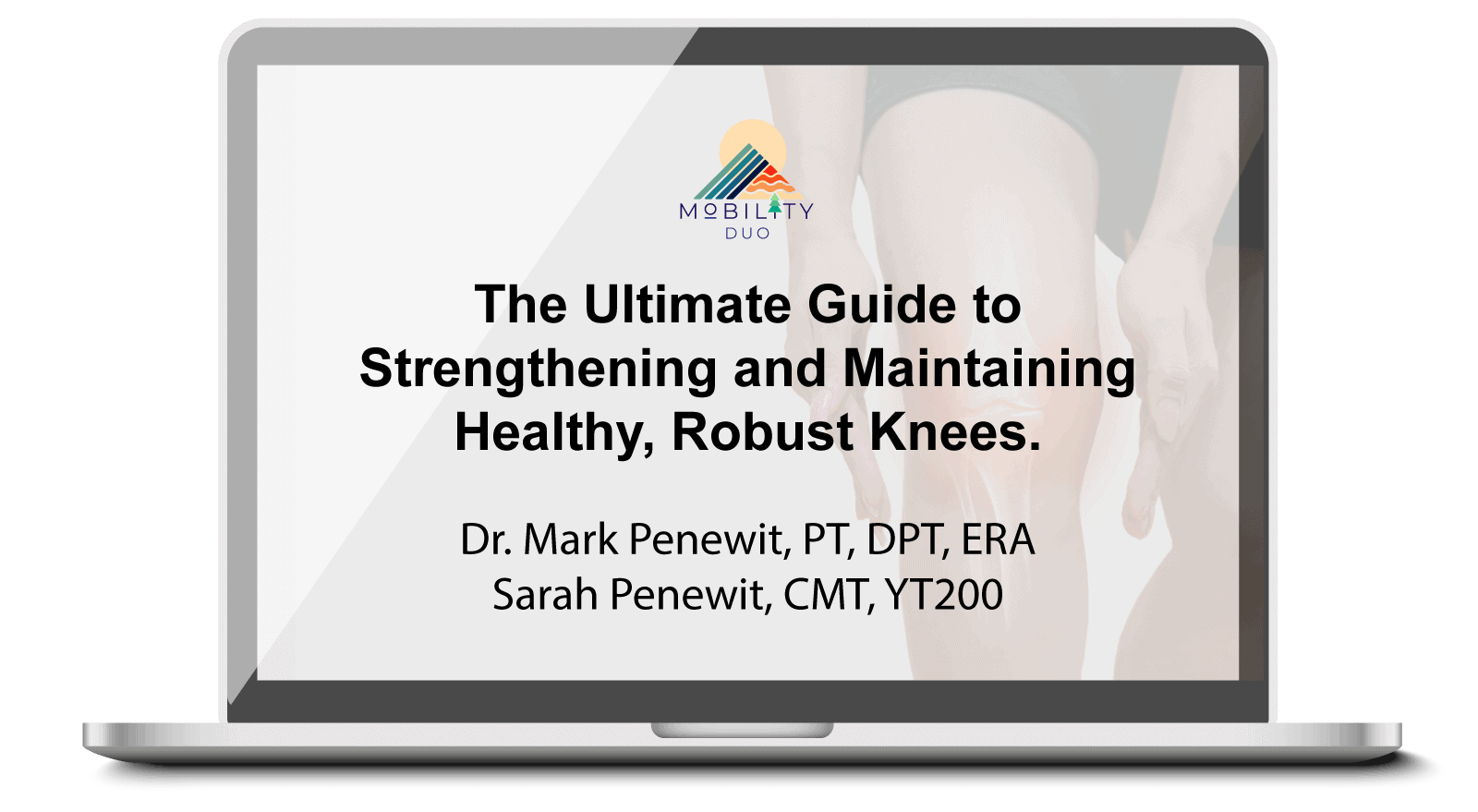
The most important message I can take from this is know yourself and know your limitations. Progression and growth are the spirit of snowboarding/ skiing but this can be done a million different ways. Seek proper education and technique and choose your conditions wisely. Landing on a fresh 12″ powder day is different than an overnight freeze with 20 mph winds. At the end of the day, I am willing to take some risk of injury for the joy of living, breathing in that piercing mountain air, and exhilaration of riding down a mountain.
Go get em’
References
Audet O, Hagel BE, Nettel-Aguirre A, Mitra T, Emery CA, Macpherson A, Lavoie MD, Goulet C. What are the risk factors for injuries and injury prevention strategies for skiers and snowboarders in terrain parks and half-pipes? A systematic review. Br J Sports Med. 2019 Jan;53(1):19-24. doi: 10.1136/bjsports-2018-099166. Epub 2018 Aug 2. PMID: 30072399.
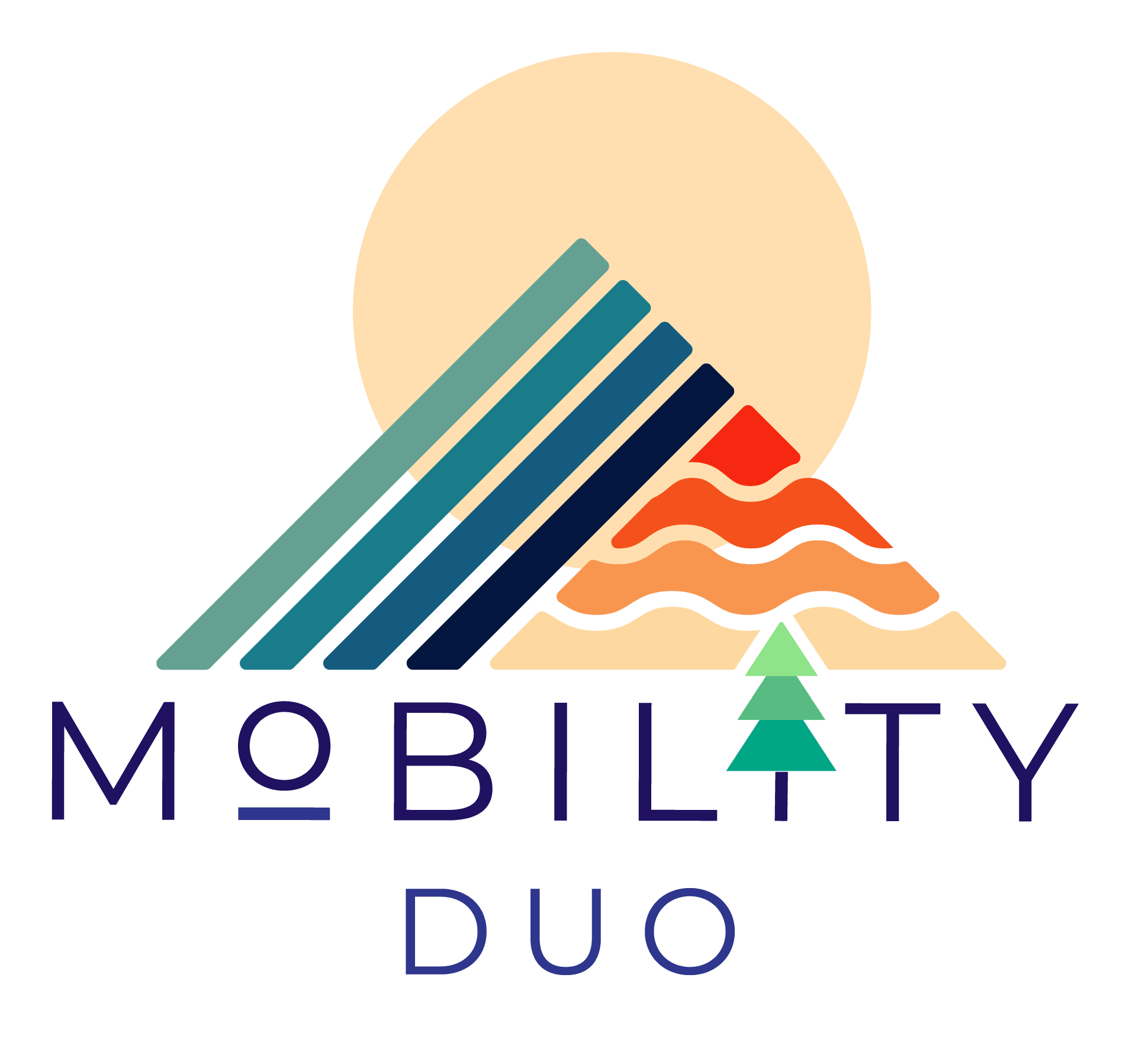
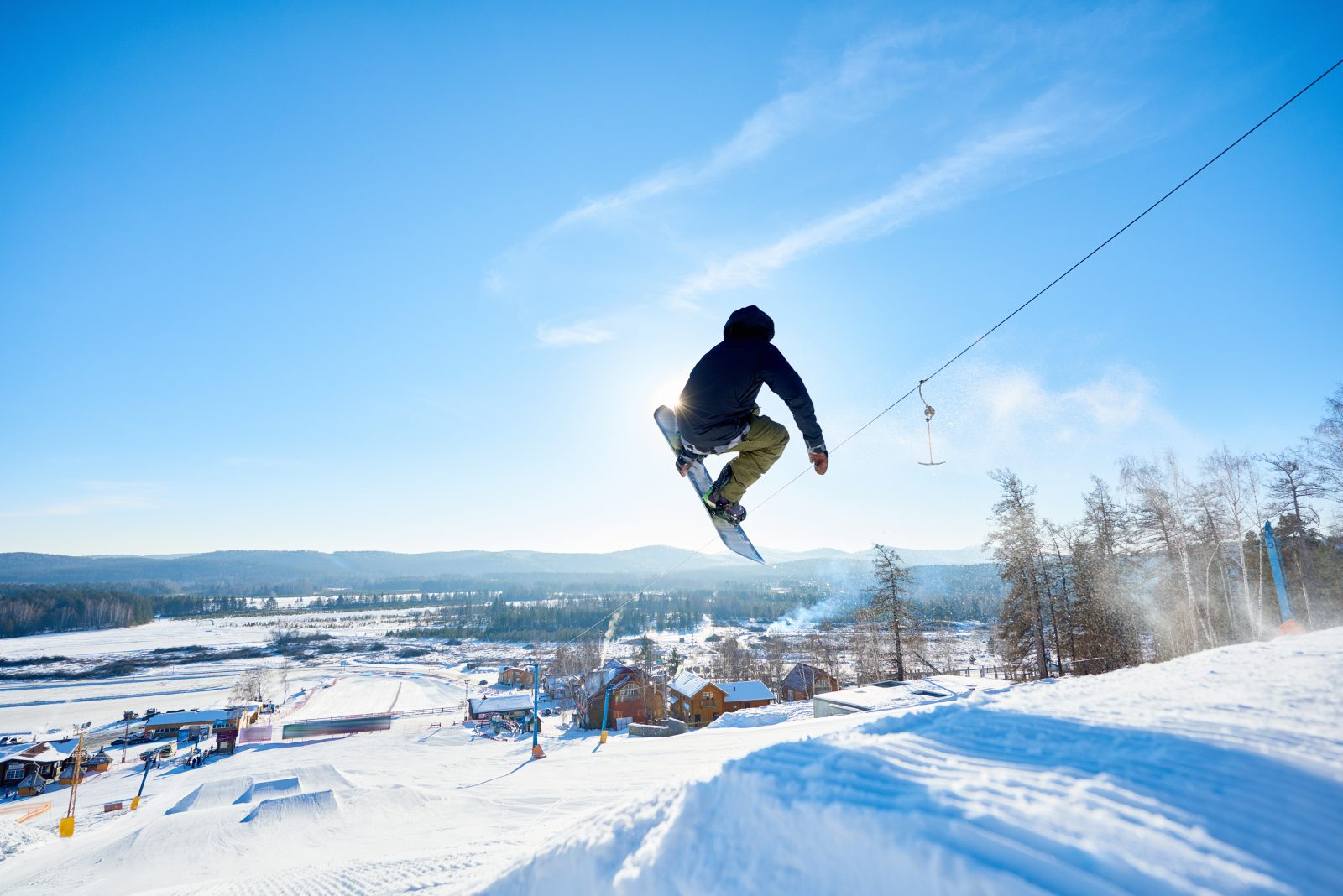
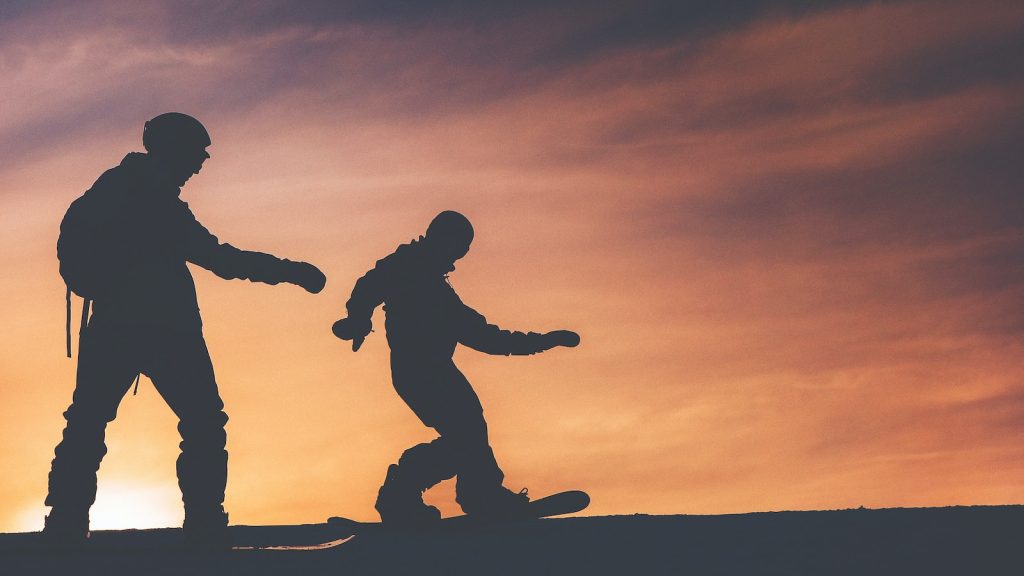

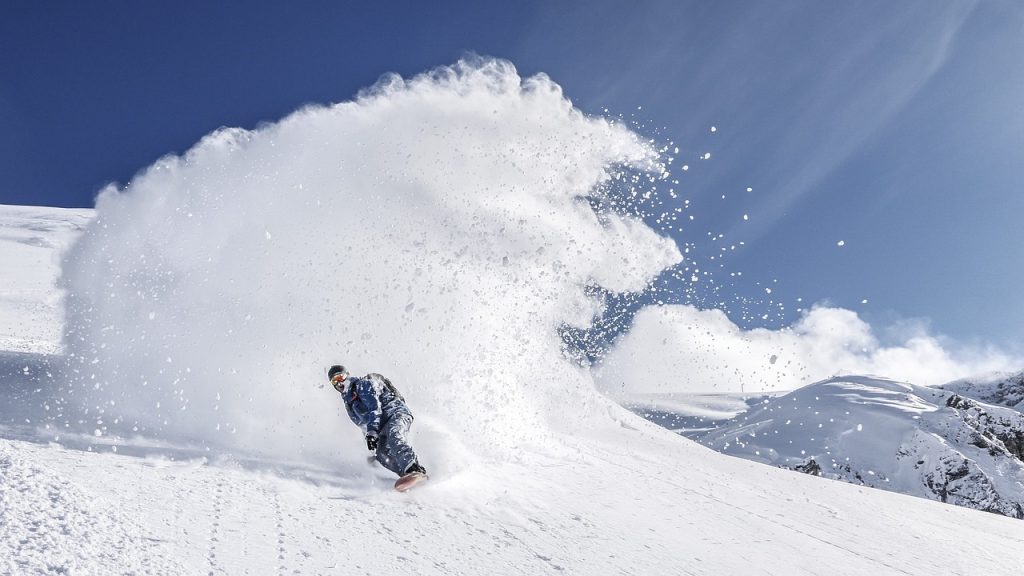
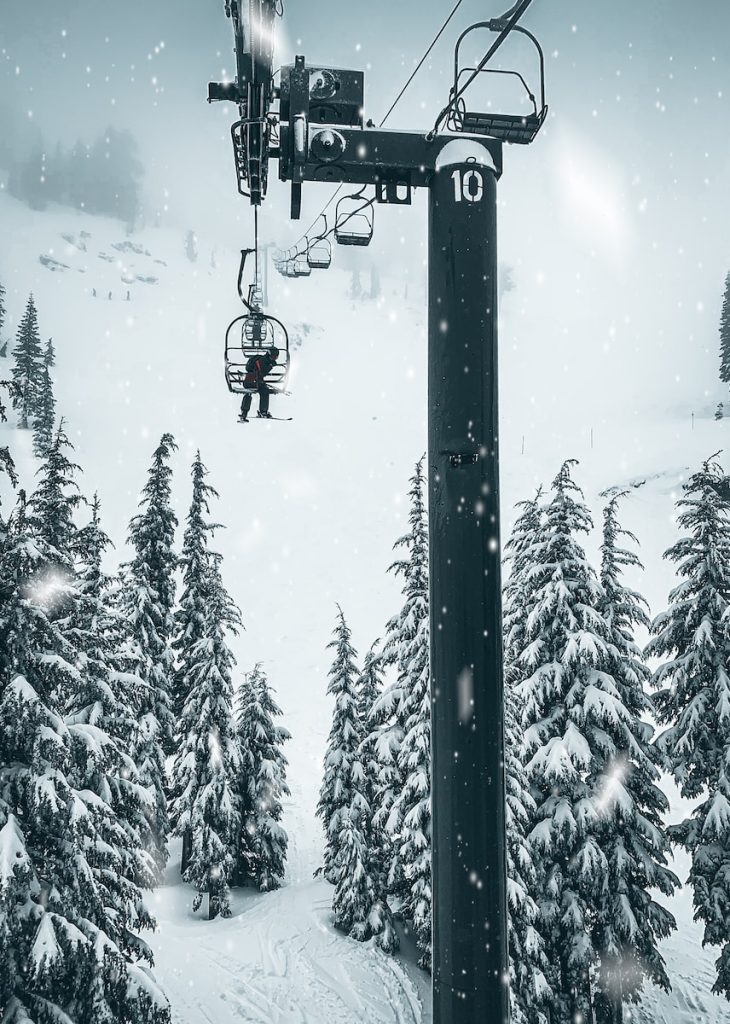
Responses